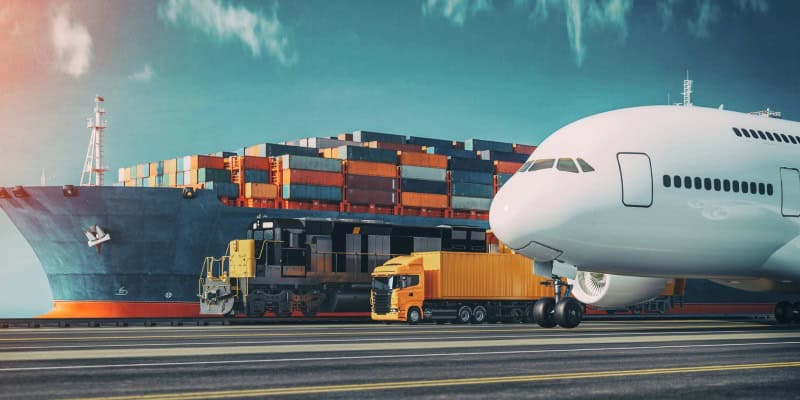The transportation of dangerous goods across international borders is a complex and highly regulated process. These substances, ranging from flammable liquids to radioactive materials, pose significant risks to human health, safety, and the environment if not handled properly. This guide provides a comprehensive overview of the international regulations governing dangerous goods transportation, the classification of hazardous materials, and the necessary precautions to ensure safe and compliant shipments.

Understanding Dangerous Goods
Dangerous goods, also known as hazardous materials, are substances or articles that pose a risk to health, safety, or the environment during transportation. They are classified into nine classes based on their primary hazards:
- Class 1: Explosives
- Class 2: Gases
- Class 3: Flammable Liquids
- Class 4: Flammable Solids; Self-reactive Substances and Self-heating Substances; Substances that emit flammable gas on contact with water
- Class 5: Oxidizing Substances and Organic Peroxides
- Class 6: Toxic Substances
- Class 7: Radioactive Material
- Class 8: Corrosive Substances
- Class 9: Miscellaneous Dangerous Goods
International Regulations
Several international organizations have established regulations to govern the transportation of dangerous goods. The most prominent ones include:
- International Maritime Dangerous Goods (IMDG) Code: This code provides comprehensive regulations for the safe transportation of dangerous goods by sea.
- International Civil Aviation Organization (ICAO) Technical Instructions: These instructions provide standards for the safe transportation of dangerous goods by air.
- International Air Transport Association (IATA) Dangerous Goods Regulations: These regulations are based on the ICAO Technical Instructions and provide specific guidance for airlines.
- The United Nations Recommendations on the Transport of Dangerous Goods (UN Recommendations): This document serves as the basis for the development of national and international regulations.
Key Requirements for Dangerous Goods Shipping
- Proper Classification: Substances must be accurately classified according to their hazard class and division.
- Packaging: Shippers must package dangerous goods according to specific requirements to ensure containment and prevent leaks.
- Marking and Labeling: Packages must be marked and labeled to identify the contents and hazards.
- Documentation: Shippers must prepare detailed shipping documents, including a Dangerous Goods Declaration, that provide information about the goods being transported.
- Training: Personnel involved in the transportation of dangerous goods must be adequately trained to handle these materials safely.
- Emergency Response: Shippers must have emergency response plans in place in case of accidents or incidents.
Challenges and Considerations
- Complex Regulations: The regulations governing dangerous goods transportation are complex and subject to frequent updates.
- Safety Risks: Improper handling of dangerous goods can lead to serious accidents, injuries, and environmental damage.
- Cost: Complying with dangerous goods regulations can increase the cost of shipping.
- Security Concerns: Criminals often target dangerous goods, making security a major concern.
Conclusion
The transportation of dangerous goods is a specialized activity that requires careful attention to detail. By understanding the relevant regulations, ensuring proper packaging, and following established safety procedures, shippers can minimize the risks associated with transporting hazardous materials.



